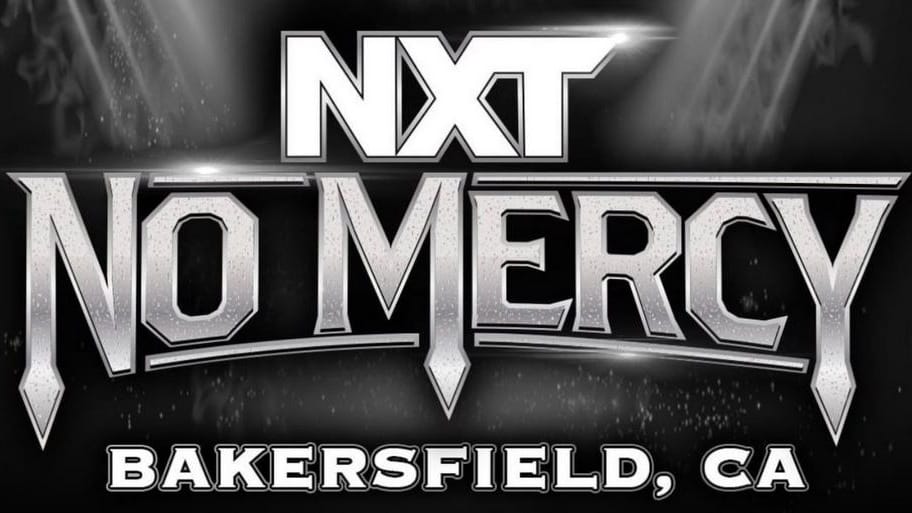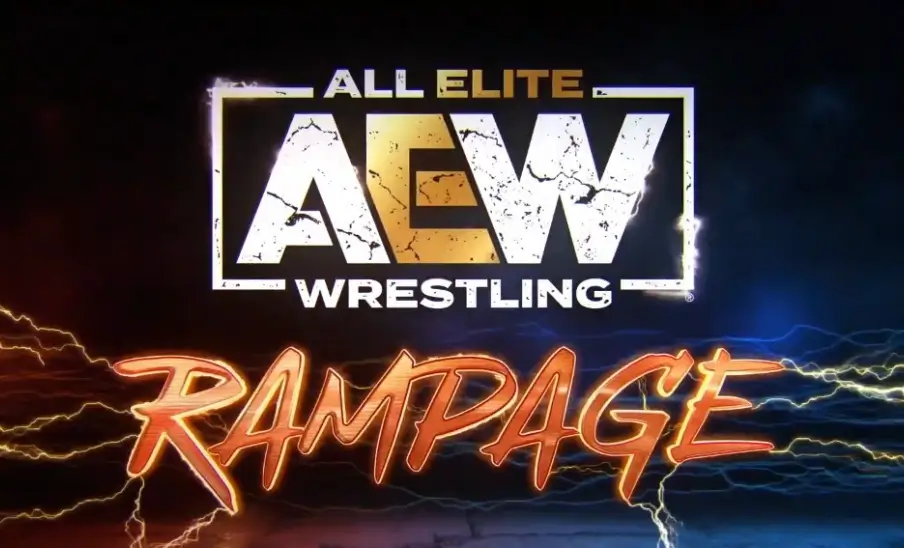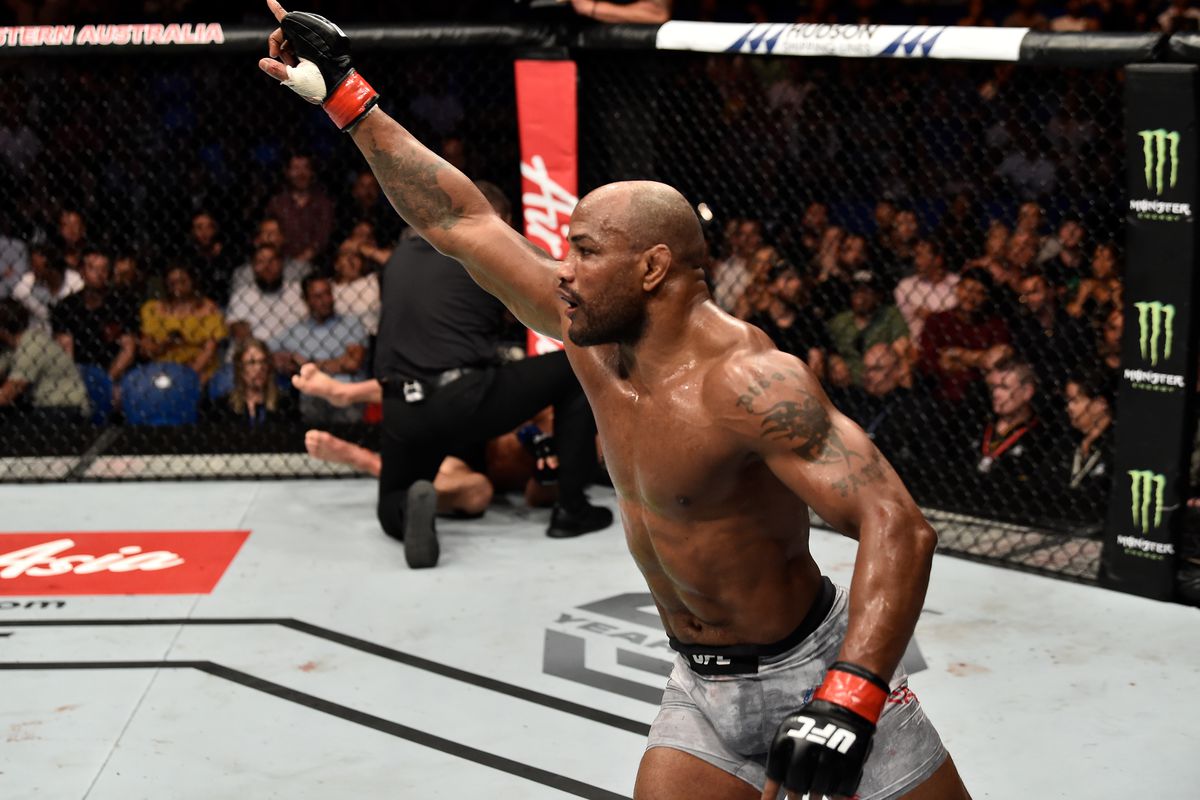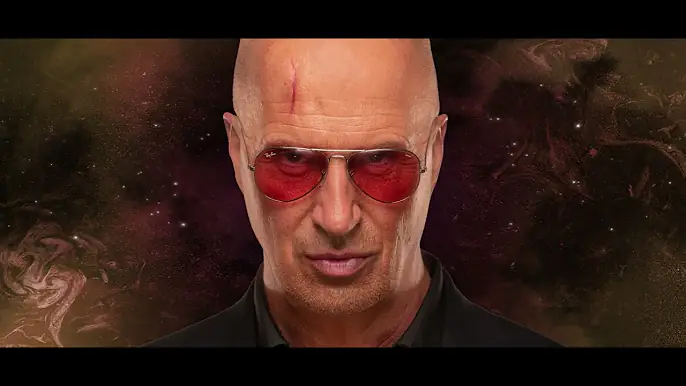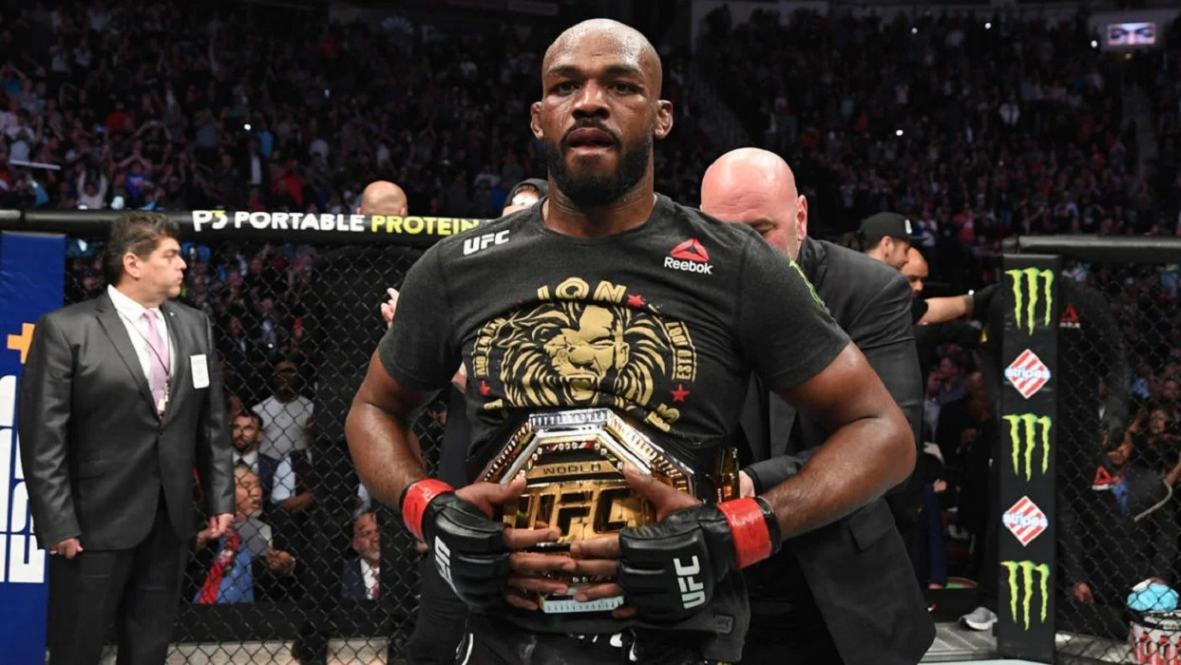The Influence of Video Games on WWE’s Popularity
For a long time now, World Wrestling Entertainment has dominated sports entertainment by blending athleticism, drama, and oversized characters that fire the imagination of viewers. In its existence, WWE has taken many directions to reach its audience. One colossal way was through video games. Video games proved to be not only an additional revenue stream for WWE but have become one of the integral factors in effecting change in maintaining and growing its fan base. This paper attempts to determine the effect of video games on the popularity of WWE by discussing the evolution of video games, their impact on fan engagement, and digital versus real-world wrestling universe synergy.
The Early Days: WWE’s First Foray into Video Games.
Beginnings in the 1980s
The history of WWE associating itself with video games dates way back to the late 1980s—when the gaming industry was growing at an instant pace. “MicroLeague Wrestling,” the first video game to ever carry an official WWE theme, was released in 1987 for the then-popular Commodore 64 and DOS systems. Unlike today’s wrestle action games, “MicroLeague Wrestling” was turn-based, suggesting how far-from-adequate technology during that time was. Simple as it was, this indeed introduced WWE into the digital world.
Transition to Home Consoles
The 1990s belonged to the WWE, or WWF at the time, seeking to flex its muscles in the video game arena. Throughout the decade, it released various titles for home consoles like the Nintendo Entertainment System—better known as the NES—Sega Genesis and the legendary Super Nintendo Entertainment System, SNES. Digital versions of these beloved superstars Bulldozed their way into fans’ hearts through titles such as “WWF WrestleMania: Steel Cage Challenge” and “WWF Royal Rumble,” promoting a different way to experience WWE-style action.
The Attitude Era
Emergence of Iconic Titles
The late 1990s and early 2000s were big times of change for WWE and video games. It was during the Attitude Era that some of WWE’s most famous games were released: “WWF No Mercy” in 2000 for the Nintendo 64 and “WWF SmackDown!” in 2000 for the PlayStation. Improved graphics, though, along with more realistic gameplay and expanded rosters, gave fans the opportunity to enjoy the putting-together of a wrestling event like they never could have before.
“WWF No Mercy,” however, is actually regarded by many as one of the greatest wrestling games ever. Deep create-a-wrestler mode, plenty of match types, and deep storylines meant endless gameplay for aficionados. The game’s success made WWE’s foothold in gaming firms and helped a lot more interest in the company during the Attitude Era.
Increased Fan Engagement
They also escalated fan participation through video games during this Attitude Era. Most of the time, these games are windows for a fan to become superstars, relive famous matches, and usually even create their wrestlers and storylines. This depth of interactivity allowed fans to feel a part of the WWE universe.
The Evolution of WWE Video Games: From Arcadey to Realism.
Shift to Realism and Simulation
Over time, WWE video games have shifted their design to more true-to-life simulations as technology evolved. This shade of evolution brought about games like “WWE SmackDown! Here Comes the Pain” in 2003 and “WWE SmackDown vs. Raw” in 2004. These came with advanced graphics, accurate models of wrestlers, and better physics—nearer views that put the gamer into real wrestling.
The introduction of the “WWE 2K” series in 2013 drove home realism even further. Developed by 2K Sports, these games reproduced the feel of WWE programming, with lifelike character models, realistic animations, and meticulous detailing on arenas. The “WWE 2K” series also introduced MyCareer mode, where one could guide a custom wrestler from rookie status to a WWE legend. That added depth and a level of personal investment to the gameplay.
Increasing Game Modes and Features
Modern WWE games have gone above and beyond the concept of having basic wrestling matches. Some modes are incorporated into them, which further flesh out this world: Universe, allowing the player to run WWE programming—in effect, managing shows, rivalries, and championship chases on a week-to-week basis. Logically, this is the sandbox mode that allows every fan to be in charge of their wrestling universe, similar to how WWE runs its real-world storylines.
On top of that, so has the created suite evolved over the years in WWE games, from custom wrestlers and arenas to books on championships and storylines. These elements have made an online community where the fans share their work and showcase others’ content, deepening the bond further between WWE and its audience.
The Effects on WWE’s Popularity
Expanding the Audience
Most importantly, WWE video games have helped the company extend its reach toward its demographic. These games enabled a highly interactive and engaging platform for people to experience WWE, bringing in numerous different players—those who might not necessarily be wrestling fans. The ease of video games helps WWE target their target audience’s younger demographics by making it more approachable, drawing in new generations to the world of professional wrestling.
WWE titles have heightened the fan base across the world. This popularity does not end with games alone; instead, it spreads beyond the boundaries of North America. Indeed, these “WWE 2K” video games can be found in every corner of the globe, thus connecting fans from different parts of the world in creating personal content and communicating globally.
Rewarding Brand Loyalty
Video games have helped enforce brand loyalty with the WWE. Inherently, WWE games are of a nature that gets fans even closer to the brand; in fact, they go on to play the same superstars over and over again, making custom content, engaging in online communities, and the like, all of which serve to keep them interested in WWE where the real-world product cannot be compelling at all times.
Cross-Promotion and Marketing
Video games have served as a very effective tool for cross-promotion and marketing for WWE. The timing for the release dates of most WWE games aligns with significant WWE events or storylines to take advantage of that digital/real-life experience overlap. For example, every year, the new “WWE 2K” title is launched to run campaigns led by WWE superstars to promote both WWE programming and the game itself.
In-game ads have pointed to WWE’s events, merchandise, and partnerships. This is an example of integrated marketing in which all these – cohesive brand experiences for fans and multiple platforms reinforce WWE’s prevalence across.
The Synergy Between WWE and Video Games
Wrestler Involvement in Video Game Development
Recently, this has extended to WWE superstars being heavily involved in creating and marketing the video games. Many wrestlers do motion capture sessions so their game characters move and act like humans themselves. This adds realism to the game and allows the superstars to reach the fans another way.
Moreover, WWE wrestlers also promote WWE video games through social media, live streaming, and appearances at gaming conventions. This is a form of direct interaction with the fan base to get people excited about new releases and to create that community surrounding those who participate in WWE gaming.
Enhancing Storylines and Characters
Video games have further been used to enable the development of WWE storylines and even characters. Sometimes, what happens in the game carries over into actual WWE programming. For instance, the “WWE 2K” series features a MyCareer mode featuring an original storyline that expands on in-ring action occurring in the real world with WWE, allowing fans to experience more depth and understanding.
In games, the fans can try out various character dynamics and create dream matches and rivalries that would not be possible while watching television. This creative license is part of the pleasure of wrestling entertainment known as WWE, letting those who follow it enjoy the product in new ways.
The Future of WWE Video Games
Embracing New Technologies
The future holds much promise for WWE games, especially in incorporating new technologies to enhance gaming experiences. Virtual and augmented reality can change everything by revolutionizing how fans play WWE games—profound encounters bringing actions closer to the player than ever before.
Expand Online and Social Features
Due to the passage of time, online gaming will start gaining importance, and WWE video games will find extended usage in terms of online and social attributes. Enhanced multiplayer modes, leagues that could be run online, and sharing on social media provide easier ways for fans to connect and challenge other fans. All such connectivity builds up a robust online community with more enthusiastic fans who like staying connected with the WWE brand.
Continued Game-play and Content Innovation
Long-term success for WWE video games will be based on innovation in gameplay and content. This means that the refining and further development of game modes, graphical display, and animation are to be improved continuously, along with new features added to keep renewing and reinvigorating the games. Staying ahead of industry trends and engaging fan feedback, WWE can be sure to keep the video games part of wrestling’s experience core.
Conclusion
The contribution of video games to WWE’s popularity cannot be put into words. Right from their simple pixelated recreations of wrestling action in the olden days to highly realistic and immersive simulations today, WWE videogames have played a vital role in expanding the audience for the company while at the same time reinforcing brand loyalty and increasing fan engagement. You can be sure that, with time changing so dynamically, the evolution of technology will keep WWE video games at the pinnacle of innovation, thinking up new ways for fans to experience the world of professional wrestling. Be it through virtual reality, extended online features, or revolutionary in-game innovations, the future for WWE games is just as wild and exciting as the WWE world itself.

